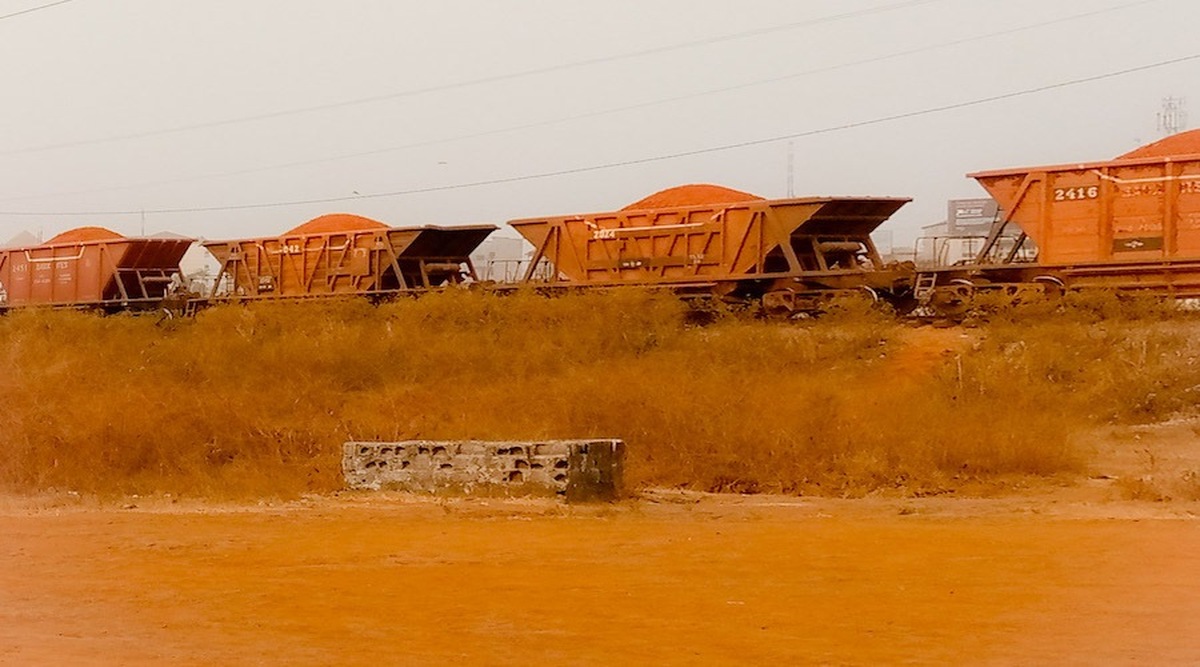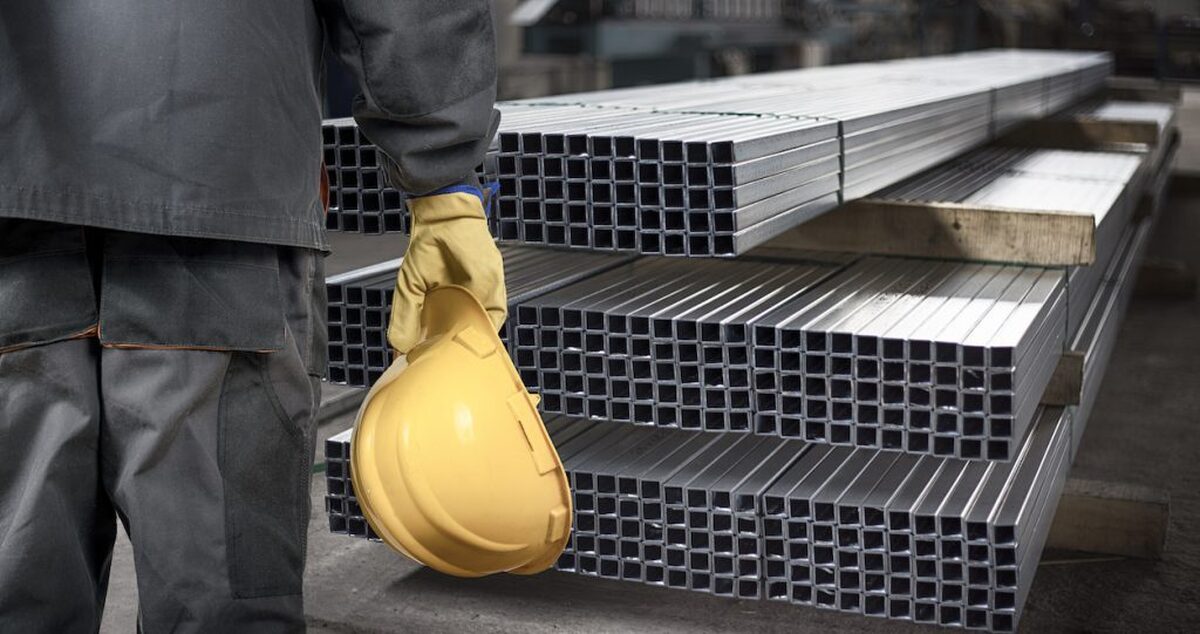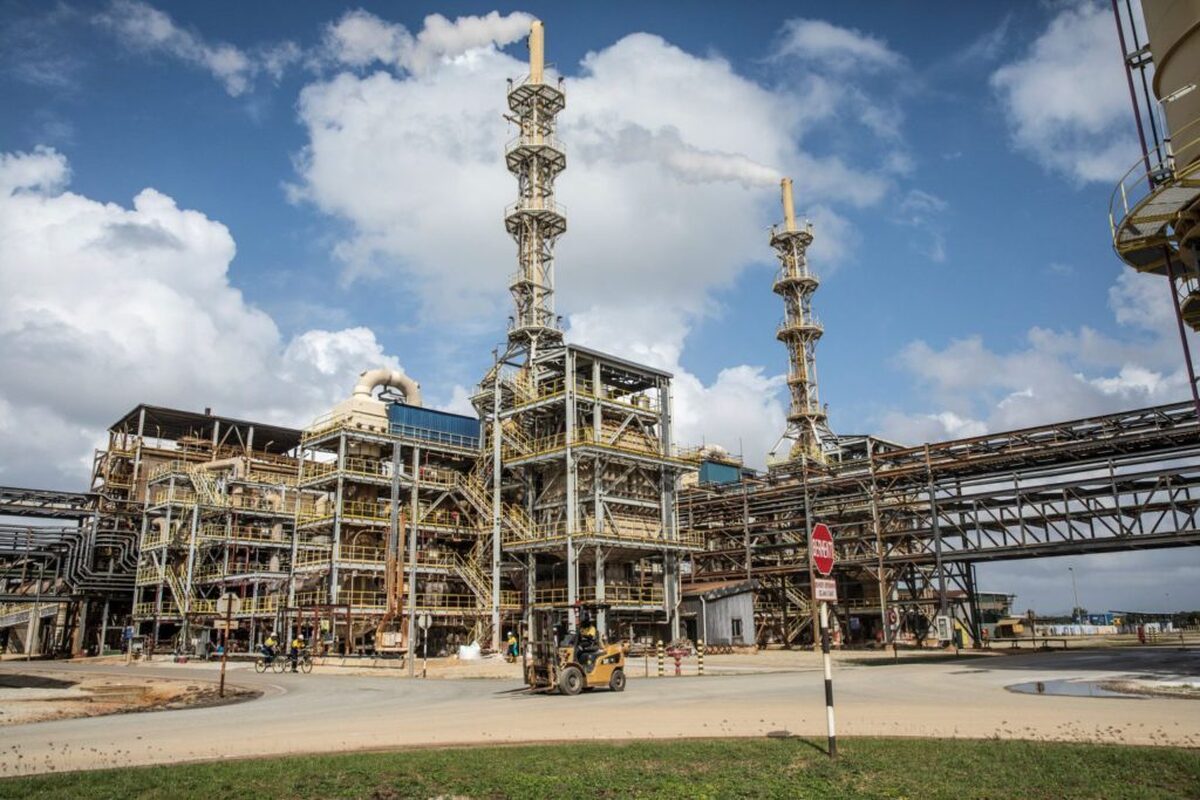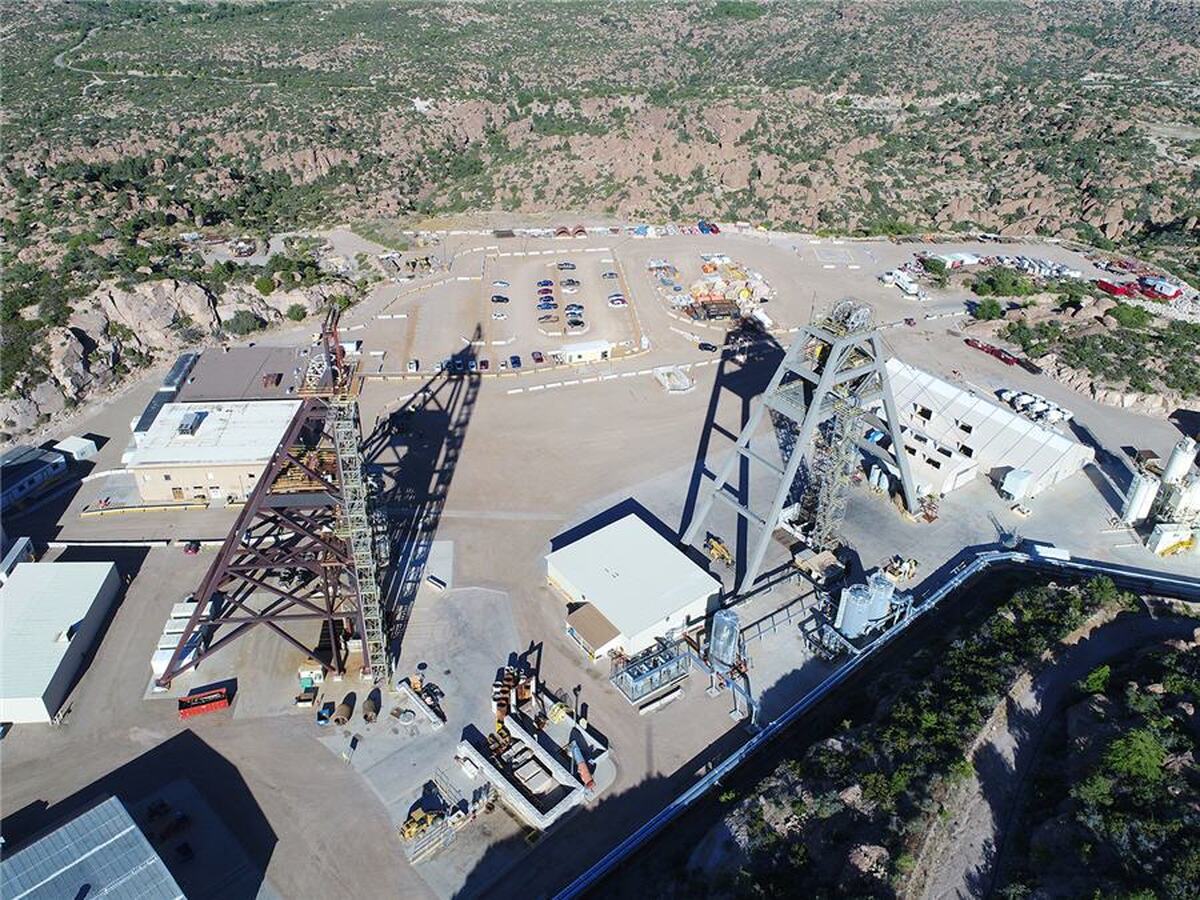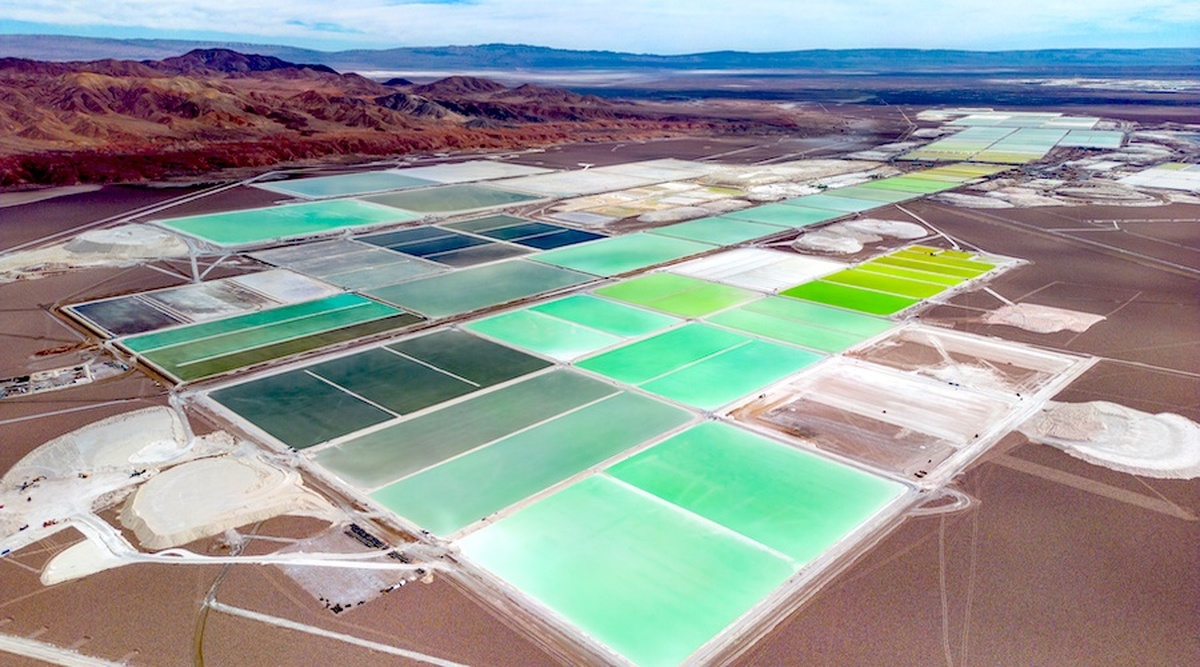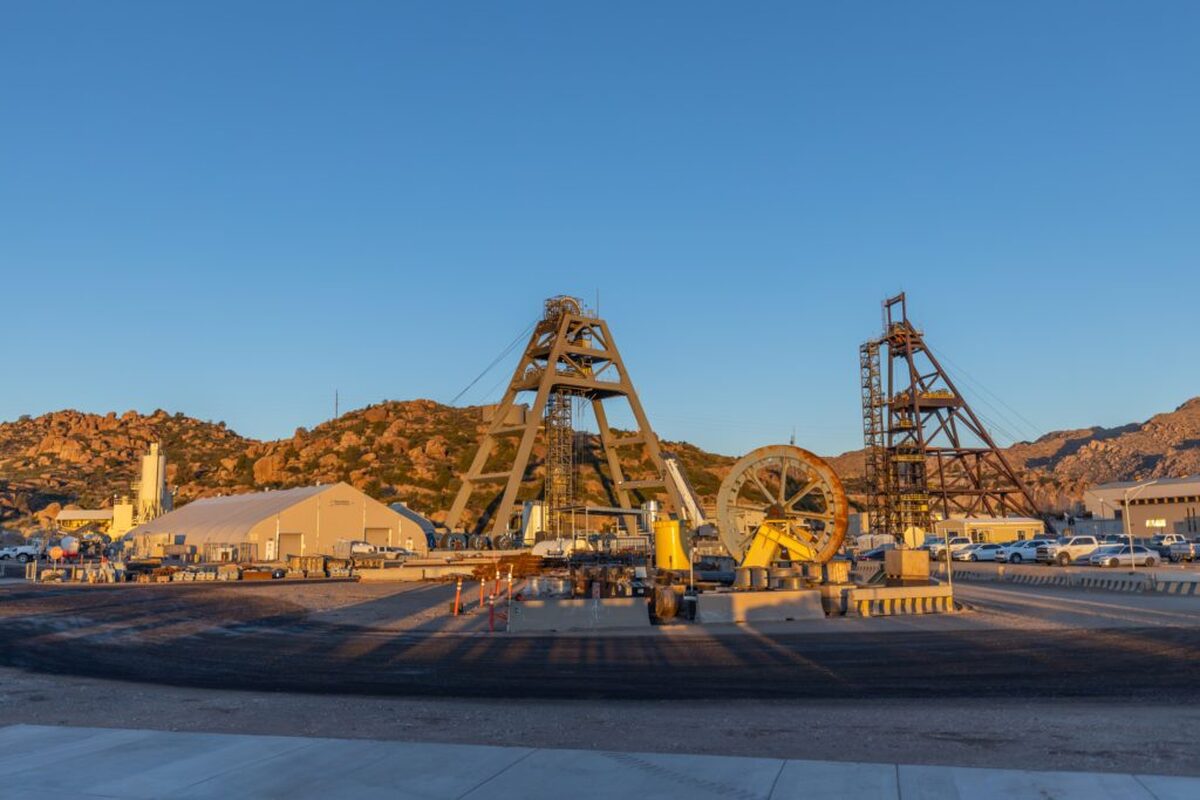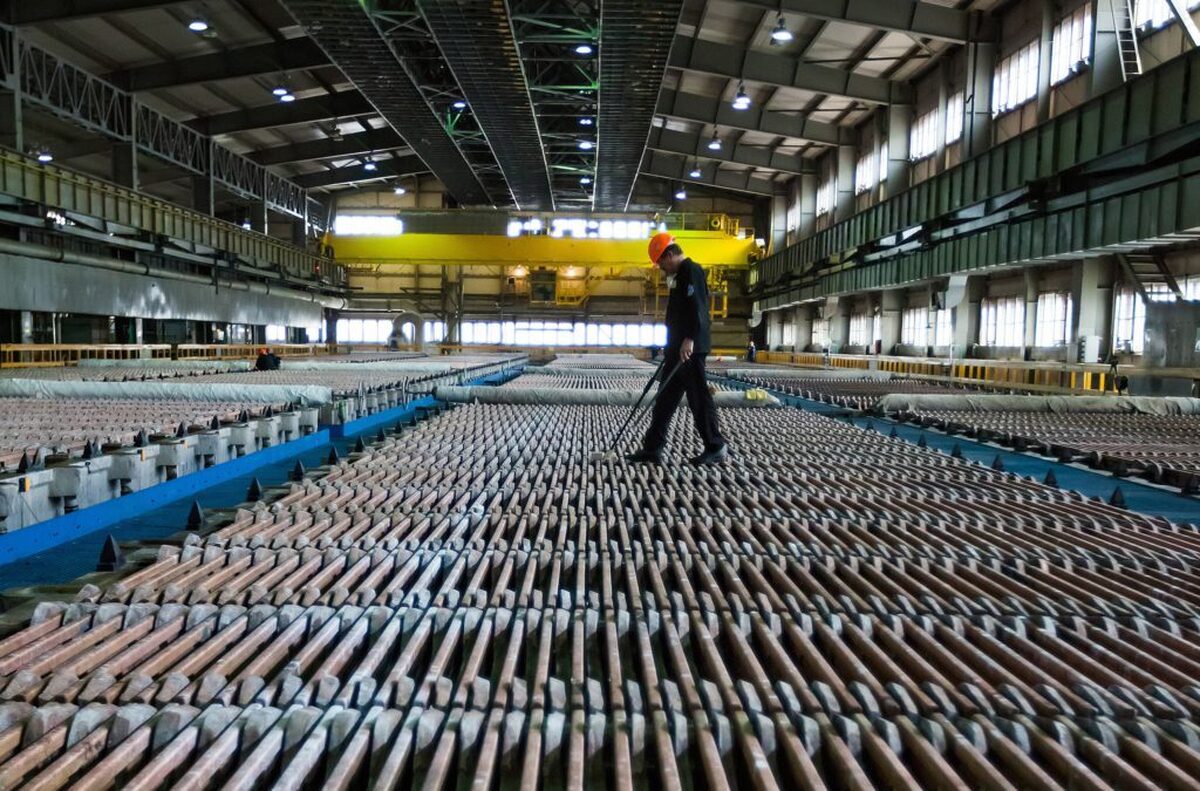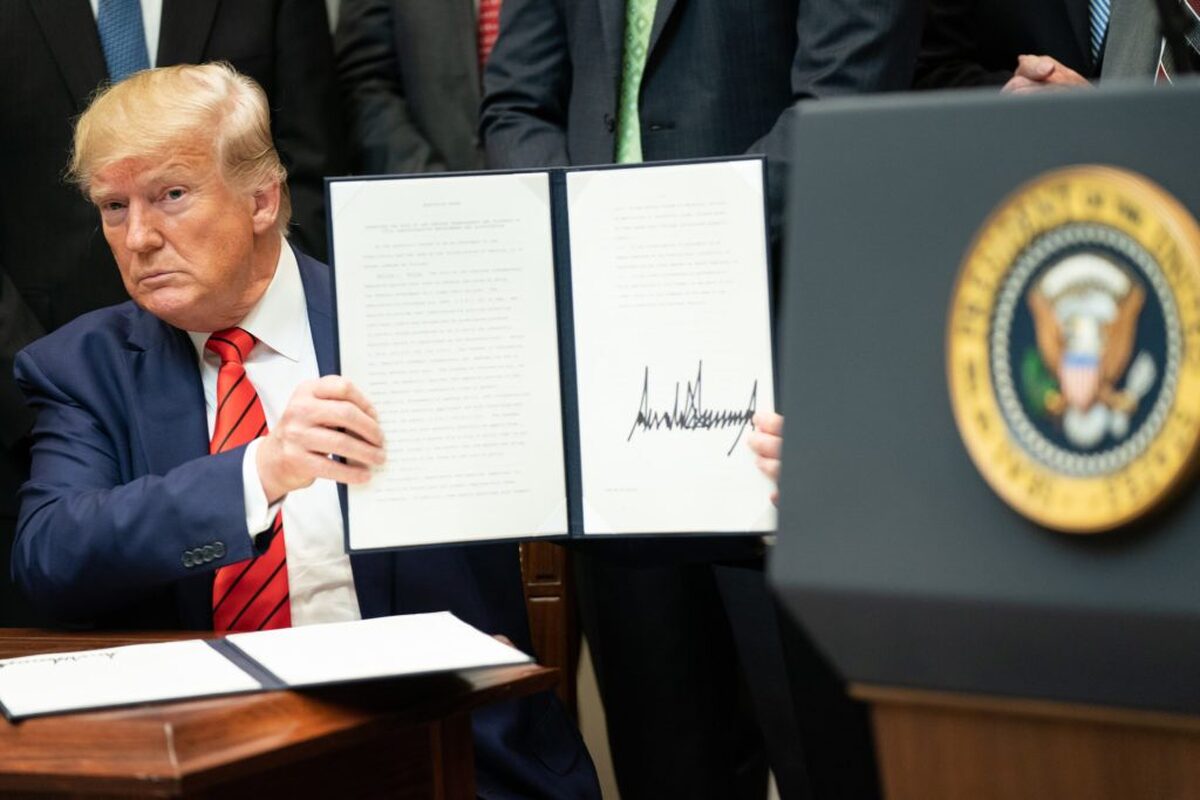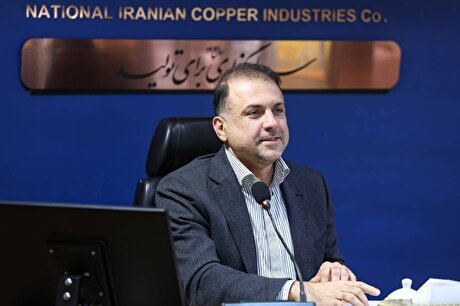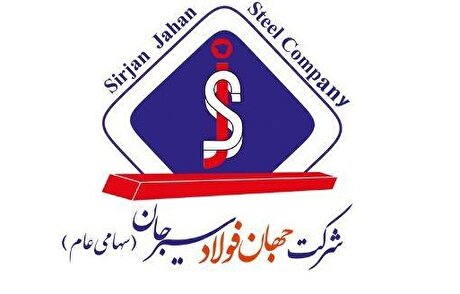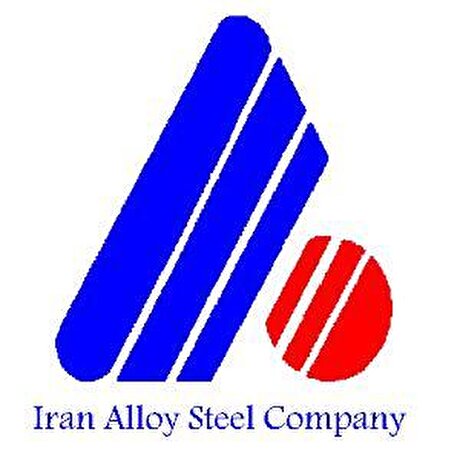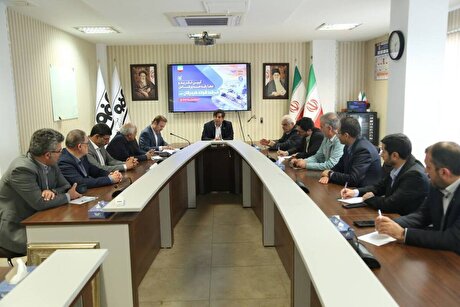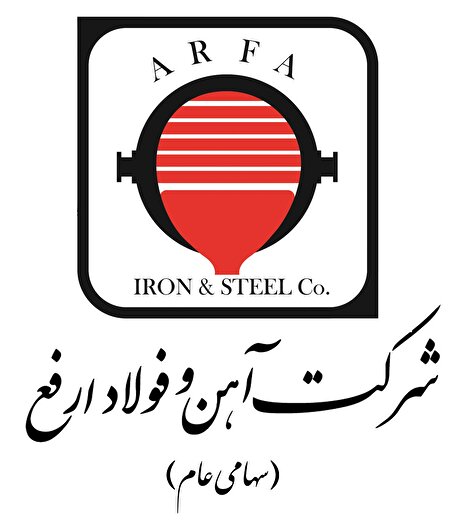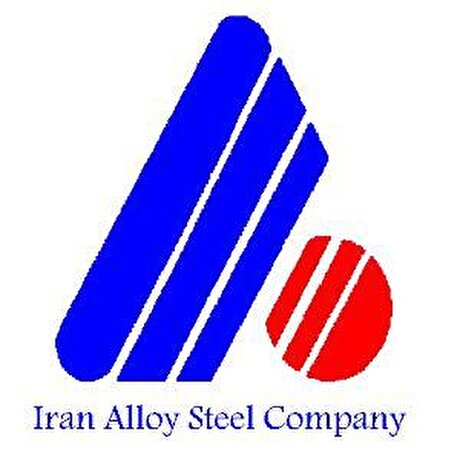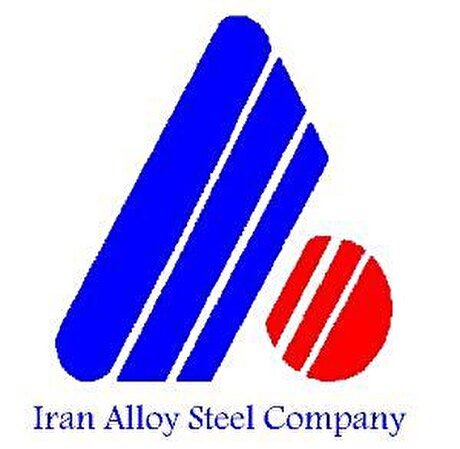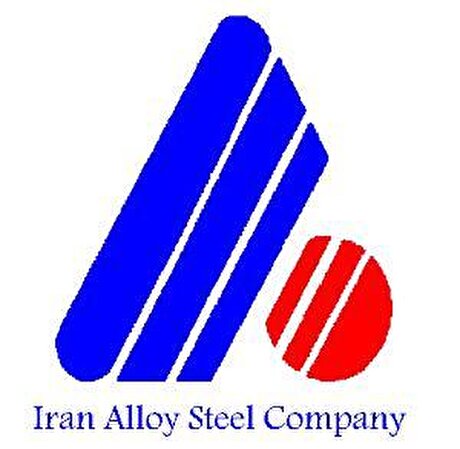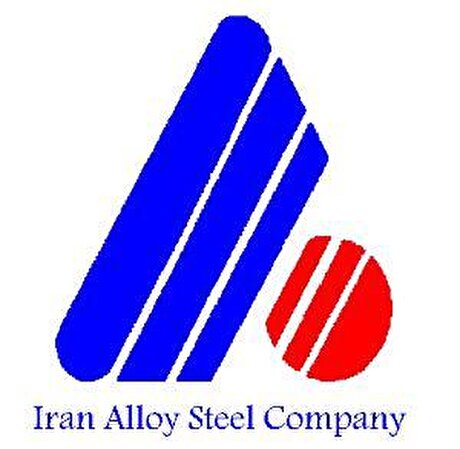
Tariffs are reshaping the EV industry — and the deals behind it
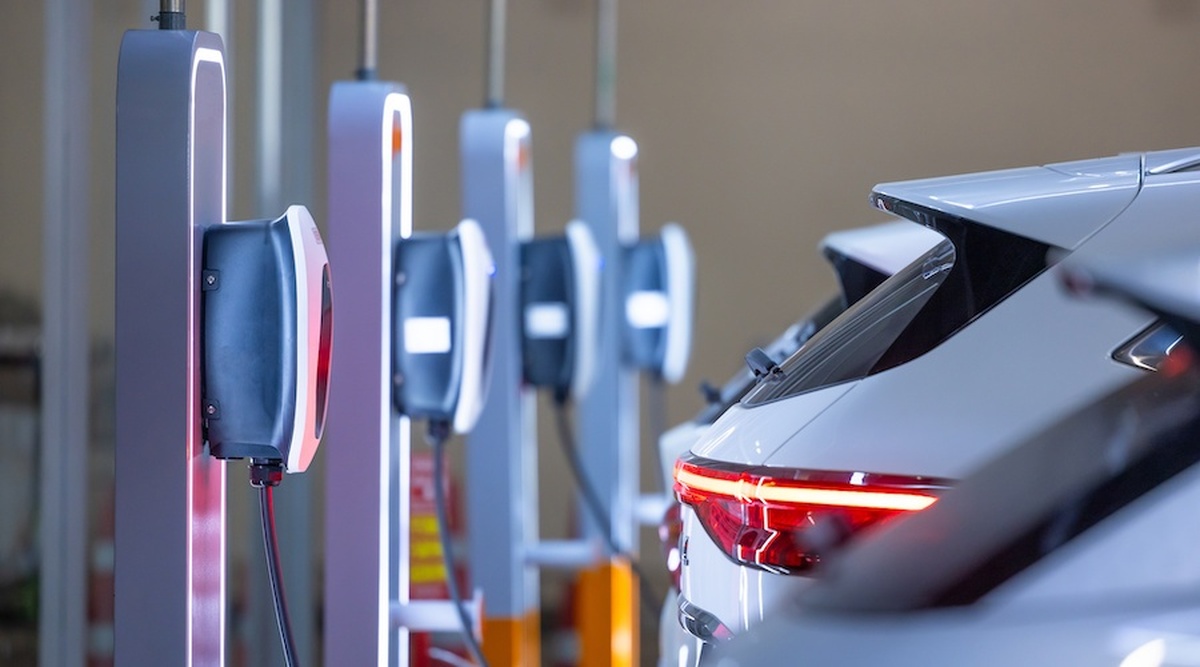
According to me-metals cited from mining.com, A 25% tariff on imported vehicles took effect earlier this month. Another 25% tariff on imported auto parts kicks in next month. These measures drive up the cost of making EVs—even those assembled in the US—by increasing prices on essential materials.
EVs depend on key resources like graphite, aluminum and copper. All are now subject to new tariffs. For example, battery cells could cost up to 51% more if graphite prices jump. That adds pressure on manufacturers, leading to higher production costs—and higher sticker prices for consumers.
What this means for M&A
These changes will shape mergers and acquisitions (M&A) this summer and beyond.
Global deal starts on Datasite, which supports nearly 19,000 deals each year, rose 12% in Q1 compared to last year. But industrial M&A showed slower growth. New deal launches in the sector increased by just 4%, signaling the impact of external risks like tariffs. In a recent Datasite webinar, 66% of dealmakers pointed to tariffs as a major challenge for M&A in 2025.
Industrials, especially transportation, face several headwinds: geopolitical tension, regulatory hurdles, supply chain risks and fast-moving tech shifts. Yet these same challenges can spark deals. Rising input costs and thinner margins may push companies to consolidate. Some may acquire US suppliers or battery firms to secure their supply chains. Others could target startups with tech that reduces reliance on imported parts.
Foreign automakers might look to acquire US operations to bypass tariffs and reduce tax exposure. That could drive more cross-border activity, not just in car manufacturing, but also in logistics and parts. Tariffs may also trigger defensive deals, as companies move quickly to control costs and secure materials. For smaller firms, higher costs might force sales or mergers just to stay afloat.
Shifting the supply chain
In the short term, many EV makers will try to shift sourcing to US-based suppliers. But that transition takes time. Key components like steel, transformers and battery chemicals remain tough to source locally. Mexico could also become a stronger manufacturing base, offering tariff relief while keeping supply close to the US market.
What’s next
Trade rules will keep evolving. Earlier this month, the US Administration hinted at possible support for carmakers. That adds more uncertainty, and more urgency.
Looking ahead to the summer, dealmakers face rising debt costs and a weakening US dollar, both of which could complicate deals, especially across borders. Yet, while more companies may take a ‘wait and see’ stance, smart players won’t stand still. Diligence will go deeper. Risk assessments will stretch wider. And those with clear strategies will move first.
The future of mobility, and the deals that shape it, will belong to those who act with speed, focus and flexibility.
source: mining.com


Trump weighs using $2 billion in CHIPS Act funding for critical minerals
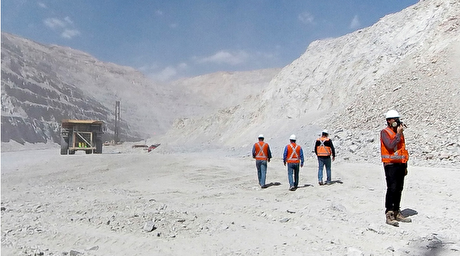
Codelco cuts 2025 copper forecast after El Teniente mine collapse

Electra converts debt, launches $30M raise to jumpstart stalled cobalt refinery

Barrick’s Reko Diq in line for $410M ADB backing
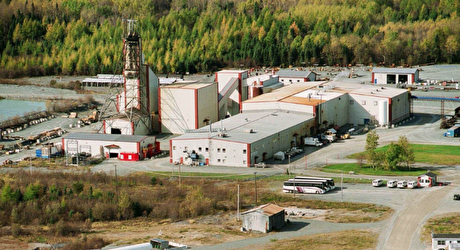
Abcourt readies Sleeping Giant mill to pour first gold since 2014

Nevada army depot to serve as base for first US strategic minerals stockpile

SQM boosts lithium supply plans as prices flick higher
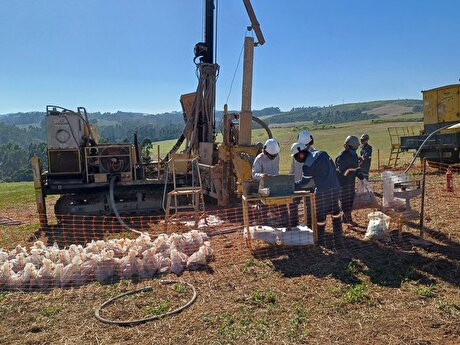
Viridis unveils 200Mt initial reserve for Brazil rare earth project

Tailings could meet much of US critical mineral demand – study
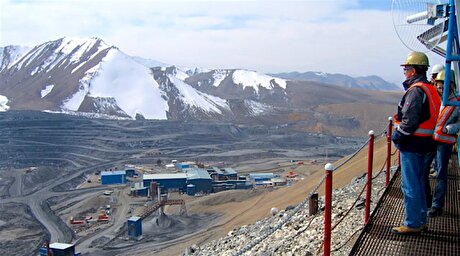
Kyrgyzstan kicks off underground gold mining at Kumtor
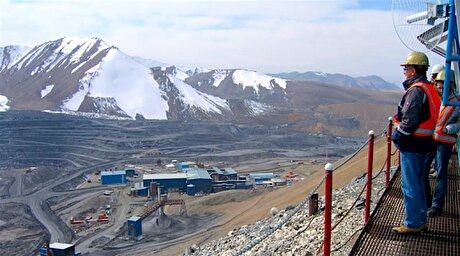
Kyrgyzstan kicks off underground gold mining at Kumtor

KoBold Metals granted lithium exploration rights in Congo
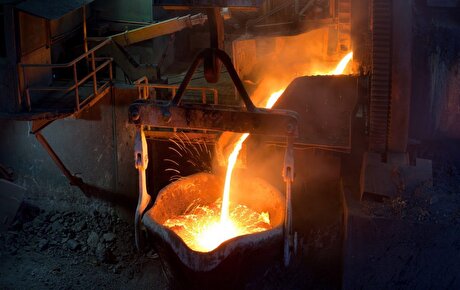
Freeport Indonesia to wrap up Gresik plant repairs by early September
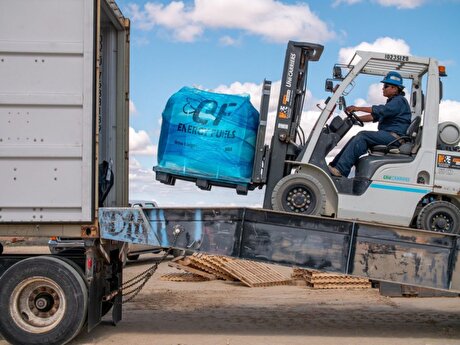
Energy Fuels soars on Vulcan Elements partnership

Northern Dynasty sticks to proposal in battle to lift Pebble mine veto
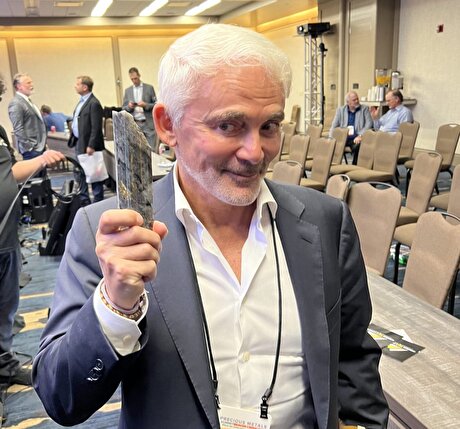
Giustra-backed mining firm teams up with informal miners in Colombia

Critical Metals signs agreement to supply rare earth to US government-funded facility

China extends rare earth controls to imported material

Galan Lithium proceeds with $13M financing for Argentina project

Kyrgyzstan kicks off underground gold mining at Kumtor

Freeport Indonesia to wrap up Gresik plant repairs by early September

Energy Fuels soars on Vulcan Elements partnership

Northern Dynasty sticks to proposal in battle to lift Pebble mine veto

Giustra-backed mining firm teams up with informal miners in Colombia

Critical Metals signs agreement to supply rare earth to US government-funded facility

China extends rare earth controls to imported material

Galan Lithium proceeds with $13M financing for Argentina project

Silver price touches $39 as market weighs rate cut outlook


